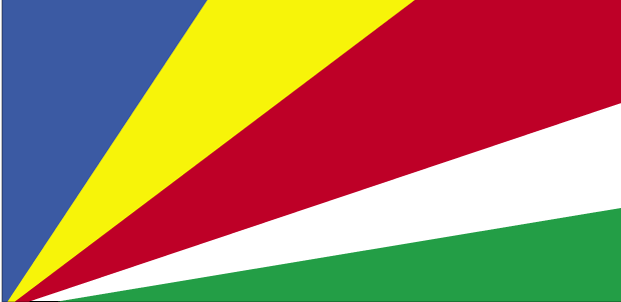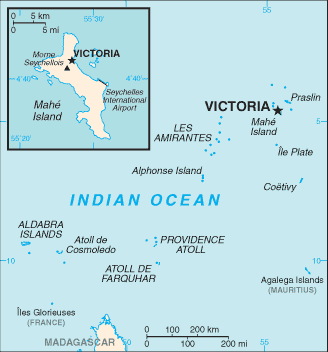Investing in Seychelles


Since independence in 1976, per capita output in this Indian Ocean archipelago has expanded to roughly seven times the pre-independence, near-subsistence level, moving the island into the upper-middle income group of countries. Growth has been led by the tourist sector, which employs about 30% of the labor force and provides more than 70% of hard currency earnings, and by tuna fishing. In recent years, the government has encouraged foreign investment to upgrade hotels and other services. At the same time, the government has moved to reduce the dependence on tourism by promoting the development of farming, fishing, and small-scale manufacturing. GDP grew about 7-8% per year in 2006-07, driven by tourism and a boom in tourism-related construction. The Seychelles rupee was allowed to depreciate in 2006 after being overvalued for years and fell by 10% in the first 9 months of 2007. Despite these actions, the Seychelles economy has struggled to maintain its gains and in 2008 suffered from food and oil price shocks, a foreign exchange shortage, high inflation, large financing gaps, and the global recession. In July 2008 the government defaulted on a Euro amortizing note worth roughly US$80 million, leading to a downgrading of Seychelles credit rating, but in October 2010 the EU approved a $2.9 million grant as part of a larger four-year program for Seychelles. In response to Seychelles successful implementation of tighter monetary and fiscal policies, the IMF upgraded Seychelles to a three-year extended fund facility (EFF) of $31 million in December 2009. In 2008, GDP fell more than 1% due to declining tourism, but the economy recovered in 2009-10 with a notable increase in tourist numbers for 2010.
Central Bank of Seychelles - http://www.cbs.sc/
Barclays Seychelles - http://www.barclays.com/africa/seychelles/index.html
Learn more:
Back to Country Investing



